The BEST episodes written by Dick Huemer

#1 - Der Fuehrer's Face
Disney Animated Shorts - Season 1943 - Episode 1
A German ""oom-pah"" band parades through town extolling the ""virtues"" of the Fuehrer with the title song. They awaken Donald Duck who has to go to work in a Nazi munitions factory, much to his regret. Luckily in the end, after a frantic workday trying to alternate between making bombs and saluting Hitler, he finds that it has all been a nightmare and that he is still living the the good old U.S.A. Der Fuehrer's Face won the 1942 Academy Award for Best Short Subjects: Cartoons.
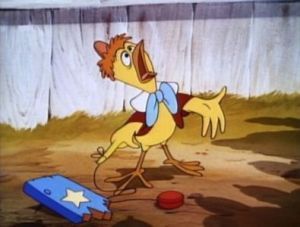
#2 - Chicken Little
Disney Animated Shorts - Season 1943 - Episode 13
The traditional story of the little chicken who believes that the sky is falling ... but with a decidedly different ending.
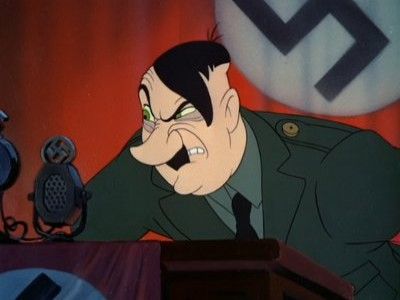
#3 - Reason and Emotion
Disney Animated Shorts - Season 1943 - Episode 9
A subtle propaganda film features the two halves of a man's (and woman's) mind; the rational half and the emotional half, as they each try to gain control over a person's actions.
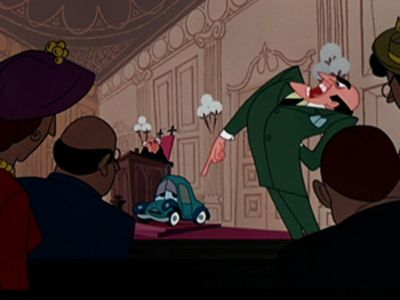
#4 - The Story of Anyburg U.S.A.
Disney Animated Shorts - Season 1957 - Episode 1
The city of Anyburg decides its traffic situation has gotten out of hand, so it puts the automobile on trial. The trial (conducted in rhyme) starts with a car that was in a hit-and-run accident, followed by a sports car whose sins are peeling rubber and general hot-rodding, followed by a heap, on trial for lack of safety.
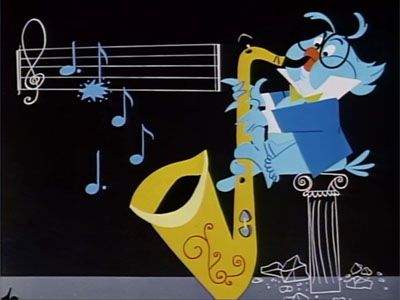
#5 - Melody
Disney Animated Shorts - Season 1953 - Episode 4
An owl teaches his class full of birds about melody. It's all around in nature. Only birds and man can sing; man "sings" even when he speaks. We see a quick survey of the stages of life, as captured by songs: the alphabet song for primary school, Here Comes the Bride, The Old Gray Mare, etc. Some inspirations for song are outlined in song: love, sailing, trains, the West, motherhood, etc., but "we never sing about brains." Finally, an example of how a simple melody can be expanded into a symphony: an elaborate version of the simple tune that opened the lesson.
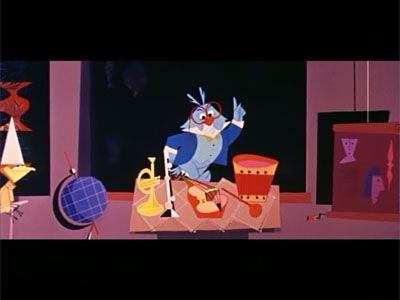
#6 - Toot, Whistle, Plunk and Boom
Disney Animated Shorts - Season 1953 - Episode 11
In this short subject (which mostly represents a departure from Disney's traditional approach to animation), a stuffy owl teacher lectures his feathered flock on the origins of Western musical instruments. Starting with cavepeople, whose crude implements could only "toot, whistle, plunk and boom," the owl explains how these beginnings led to the development of the four basic types of Western musical instruments: brass, woodwinds, strings, and percussion.